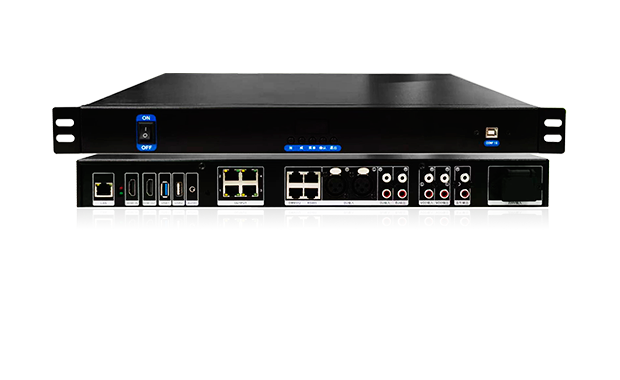In recent years, small pitch has become a hot topic in the development of the domestic LED display industry. With its advantages in seamless splicing, high contrast, wide color gamut display, and energy saving, small pitch is squeezing out the market share of traditional indoor splicing large screens such as LCD and DLP rear projection.
The trend of small pitch requires the active cooperation of supporting manufacturers behind the scenes, and also brings a series of challenges. For driver IC, the challenges are manifested in three aspects:
1) For an excellent small-pitch product, low brightness and high gray are the most basic requirements, but achieving low brightness and high gray also brings some other problems. These are the "seven major problems" that everyone discussed in the early days of the birth of small pitch - ghosting, dark lines in the first row, low gray color cast, low gray unevenness, gradient dark lines, high contrast interference, and eliminating the cross phenomenon caused by LED open circuit.
2) As the density of small-pitch LED lamp beads has increased exponentially, the current conventional 24-pin driver IC and many peripheral components are not highly integrated, making the density of components on the module too high, or even unable to fit in. This can easily cause problems such as poor welding, and also reduces the reliability of the module.
3) The number of lamp beads per unit area has increased exponentially, and the power consumption of small-pitch LED displays has increased significantly. How to achieve energy saving on the driver IC?
Through the unremitting efforts of driver IC manufacturers and other "behind-the-scenes" supporting manufacturers, today's driver IC has successfully achieved "low brightness, high gray, true high refresh (high shooting refresh rate)", and perfectly solved the "seven major problems" caused by low brightness and high gray, and can effectively meet the needs of small-pitch display.
In order to reduce the complexity of PCB design at the application end, the industry's mainstream driver IC suppliers have successively launched highly integrated 48-channel LED constant current driver ICs, integrating large-scale peripheral circuits into the driver IC wafer, which can reduce the complexity of PCB design at the application end and avoid problems caused by the design capabilities or design differences of engineers from various manufacturers.
As a green energy source, energy saving is the eternal pursuit of LED display screens and an important criterion for considering the performance of driver ICs. The energy saving of driver ICs mainly includes two aspects: one is to effectively reduce the constant current inflection point voltage, thereby reducing the traditional 5V power supply to below 3.8V for operation; the other is to reduce the driver IC operating voltage and operating current by optimizing IC algorithms and designs. At present, some manufacturers, such as Chipone, have launched a constant current driver IC with a low inflection voltage of 0.2V, which increases the LED utilization rate by more than 15%. It uses a power supply voltage 16% lower than conventional products to reduce heat generation, greatly improving the energy efficiency of LED displays.
As an indispensable part of LED display screens, driver ICs generally serve the development of LED display screens directly, but sometimes they can also play a leading role in the development of LED display screens. For driver IC manufacturers, strengthening technological innovation and breakthroughs is still a compulsory course in the future, so as to maintain technological leadership and surpass in the process of LED display screens continuing to develop towards high-definition, high-quality, integrated and energy-saving. (Source: Soso LED Network)
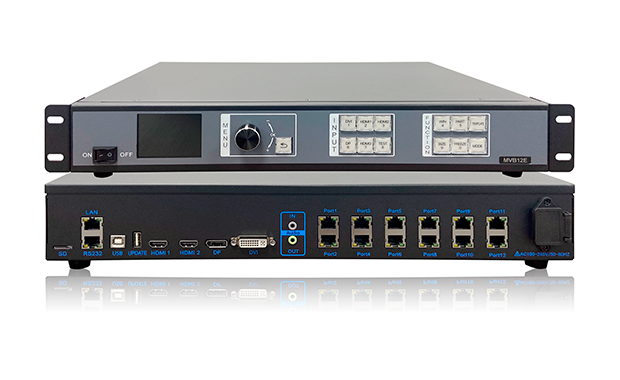 Two-in-One Video Processor
Two-in-One Video Processor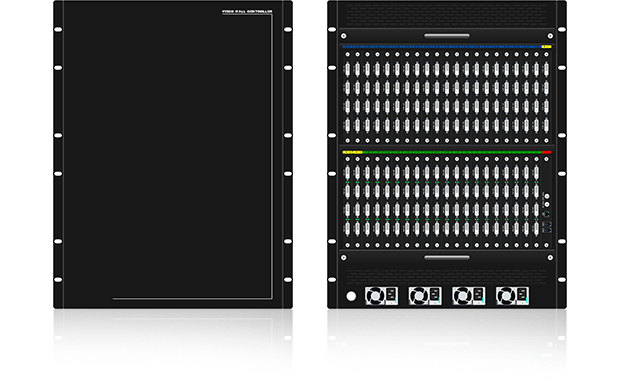 Video Splicer
Video Splicer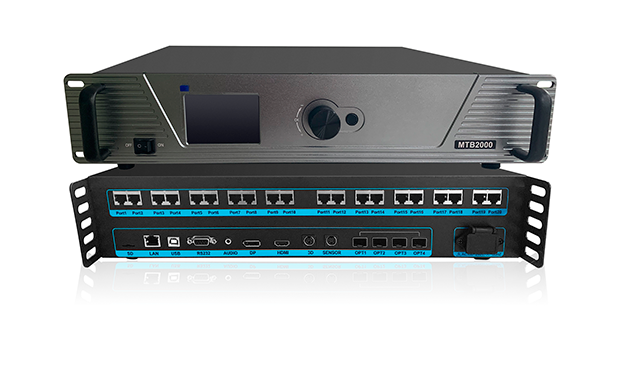 Sending Controllers
Sending Controllers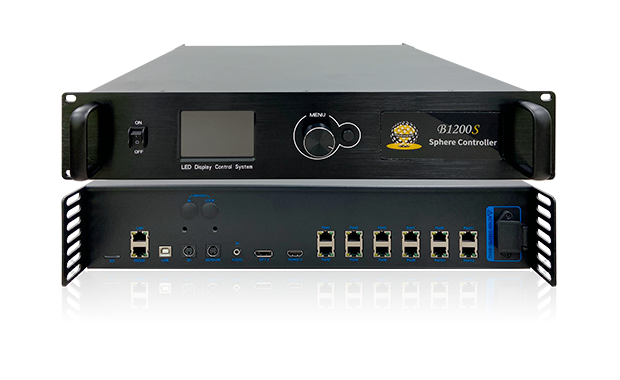 Special-Shaped Controllers
Special-Shaped Controllers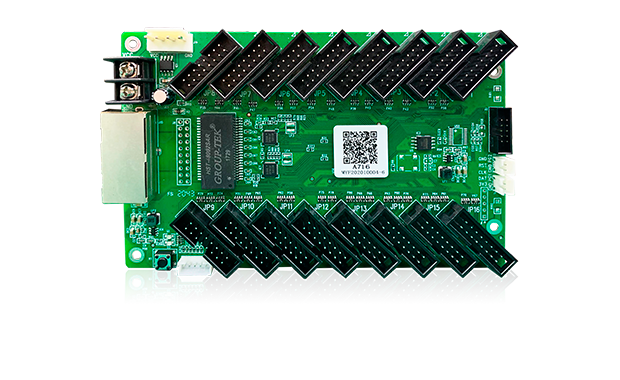 Receiving Card Series
Receiving Card Series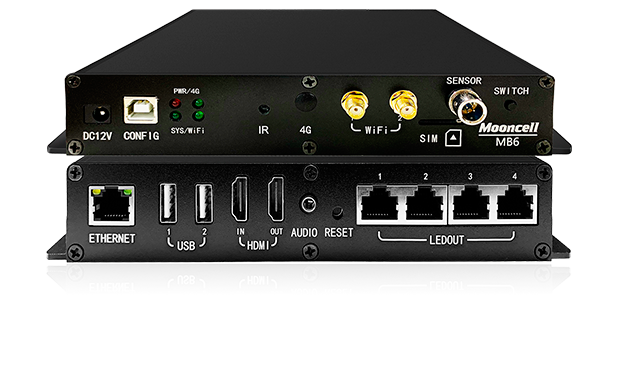 Media Player
Media Player Cloud Platform
Cloud Platform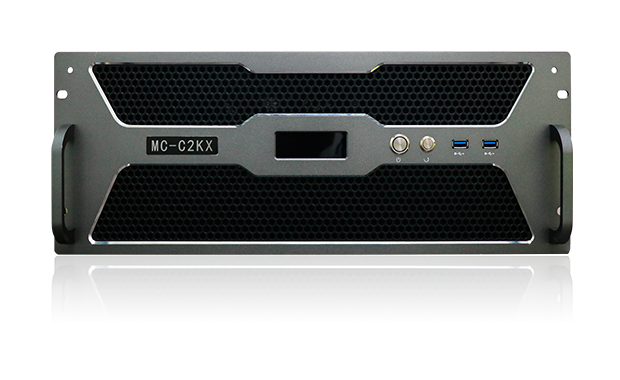 Multimedia Server
Multimedia Server
